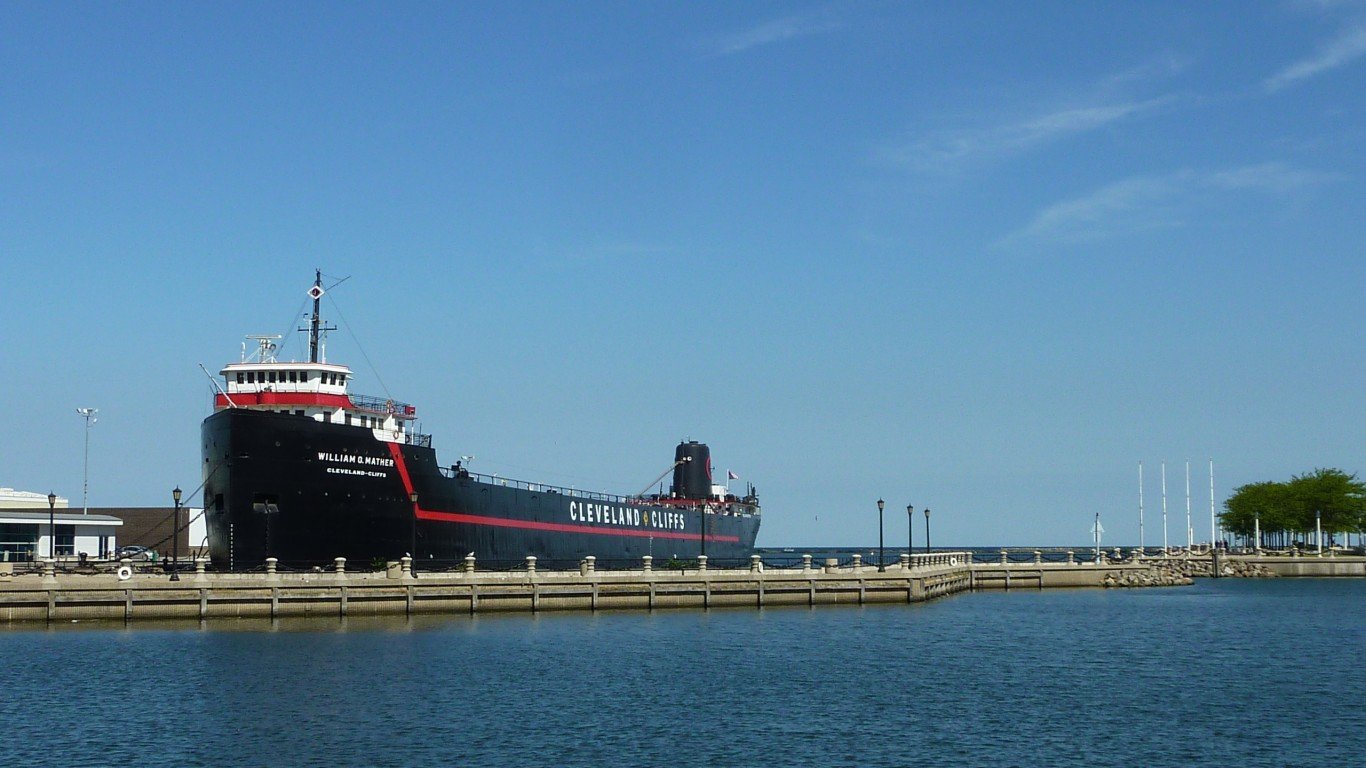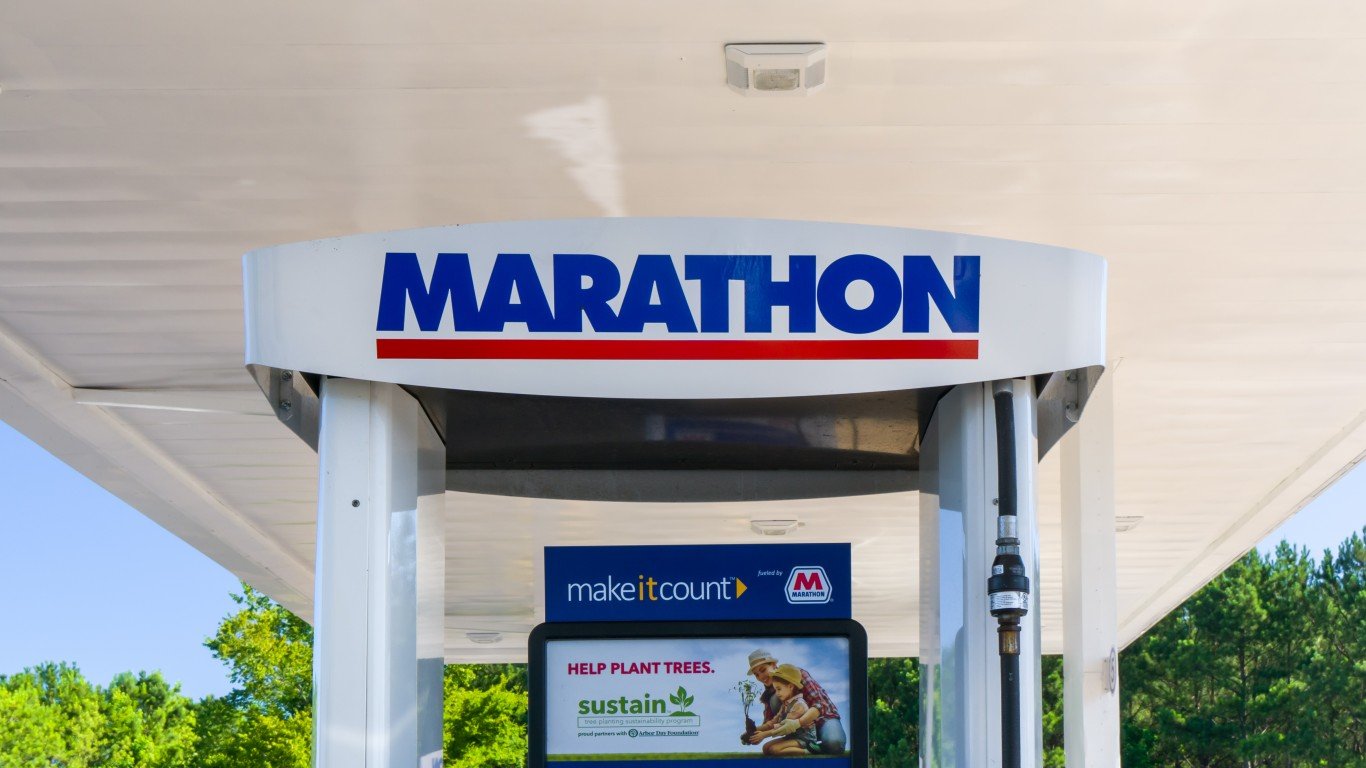
25. Marathon Petroleum
> Toxic hazard (pounds released x toxicity): 918,694,955
> Environmental justice, poor population share 25% – #70 highest out of 100 corporations
> Environmental justice, minority population share 21% – #58 highest
> Pct. of toxic hazard from a single facility: 41% – #89 highest
While Marathon’s many plants and refineries, taken together, are located in communities that are 21% minority, the two that contribute over 73% of the toxic water pollution, the Tesoro refineries in Los Angeles and Salt Lake City, are in communities with large minority populations, 74.3% and 59.1%, respectively, mostly Hispanic.
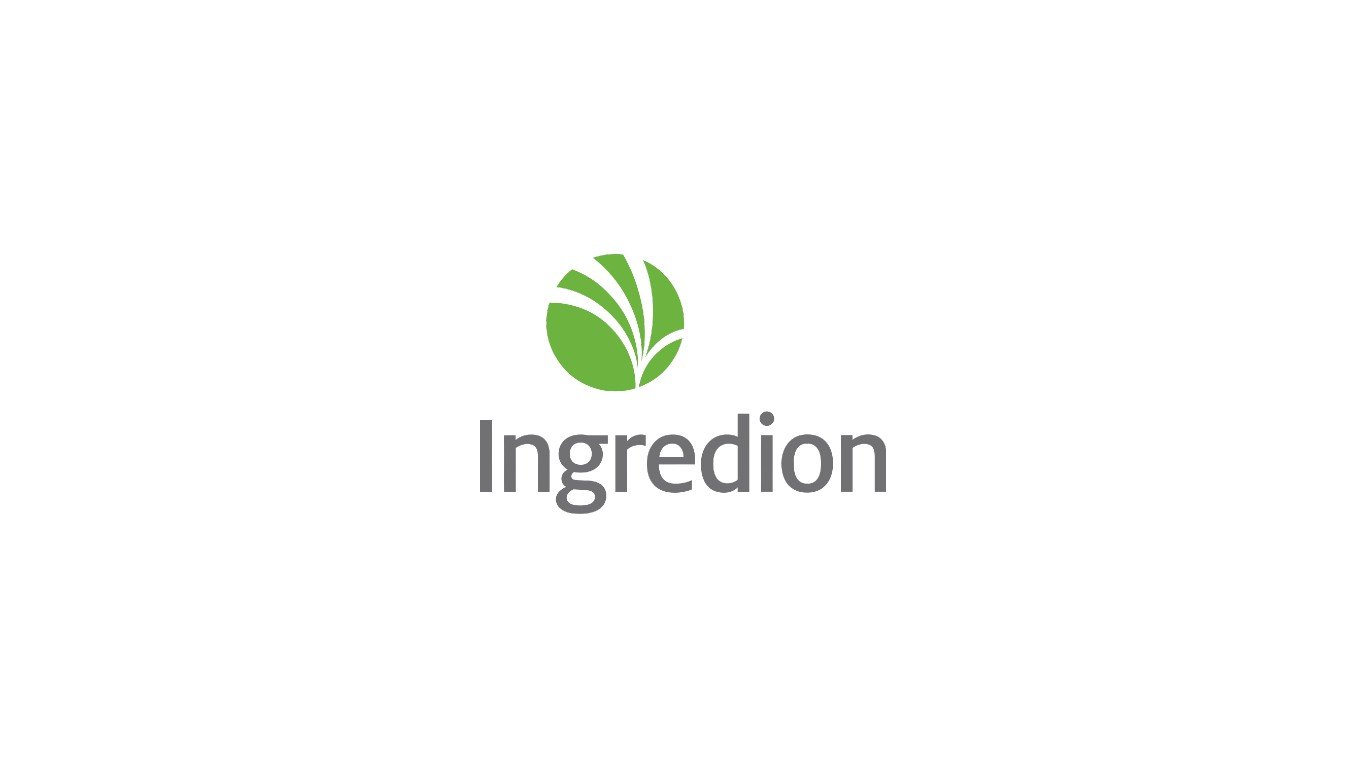
24. Ingredion
> Toxic hazard (pounds released x toxicity): 946,206,213
> Environmental justice, poor population share 26% – #66 highest out of 100 corporations
> Environmental justice, minority population share 16% – #73 highest
> Pct. of toxic hazard from a single facility: 100% – #1 highest
Ingredion is a manufacturer of sweeteners, starches, and other food ingredients. Until 2021, it also manufactured ethanol in its Cedar Rapids plant, the facility responsible for close to 100% of its toxic wastewater. With the elimination of its ethanol operation, the company would go from being the 24th largest discharger of toxics into water to releasing relatively miniscule, unremarkable amounts.
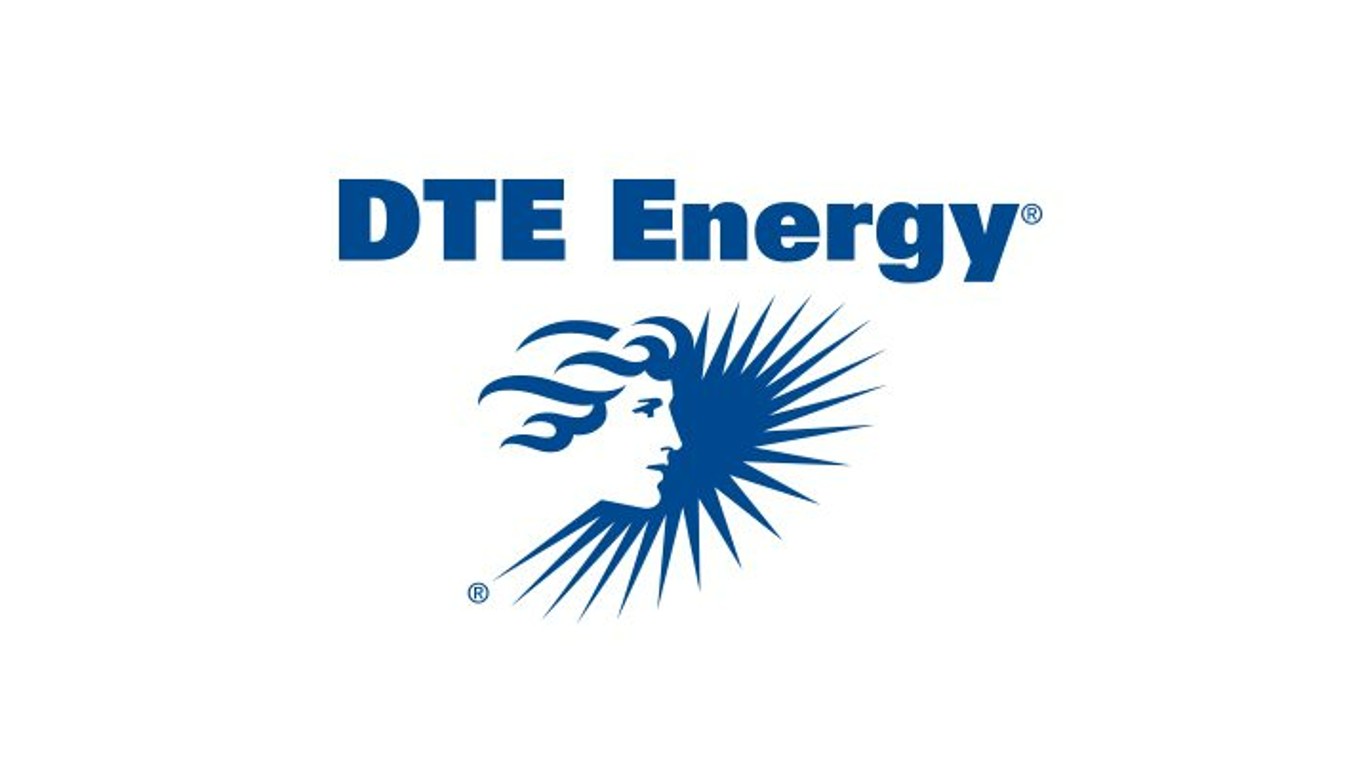
23. DTE Energy
> Toxic hazard (pounds released x toxicity): 991,448,016
> Environmental justice, poor population share 29% – #58 highest out of 100 corporations
> Environmental justice, minority population share 30% – #46 highest
> Pct. of toxic hazard from a single facility: 98% – #33 highest
DTE has struggled with criticism for the pollutants it emits into the air from its coal-fired Monroe Power Plant and has invested heavily in technology that removes toxins and other pollutants from its stacks. As a result, DTE’s water discharges are toxic. According to a Detroit Free Press report, citing 2015 EPA data, DTE released more arsenic in its wastewater than any other coal plant in the country, all of it going directly into Lake Erie.
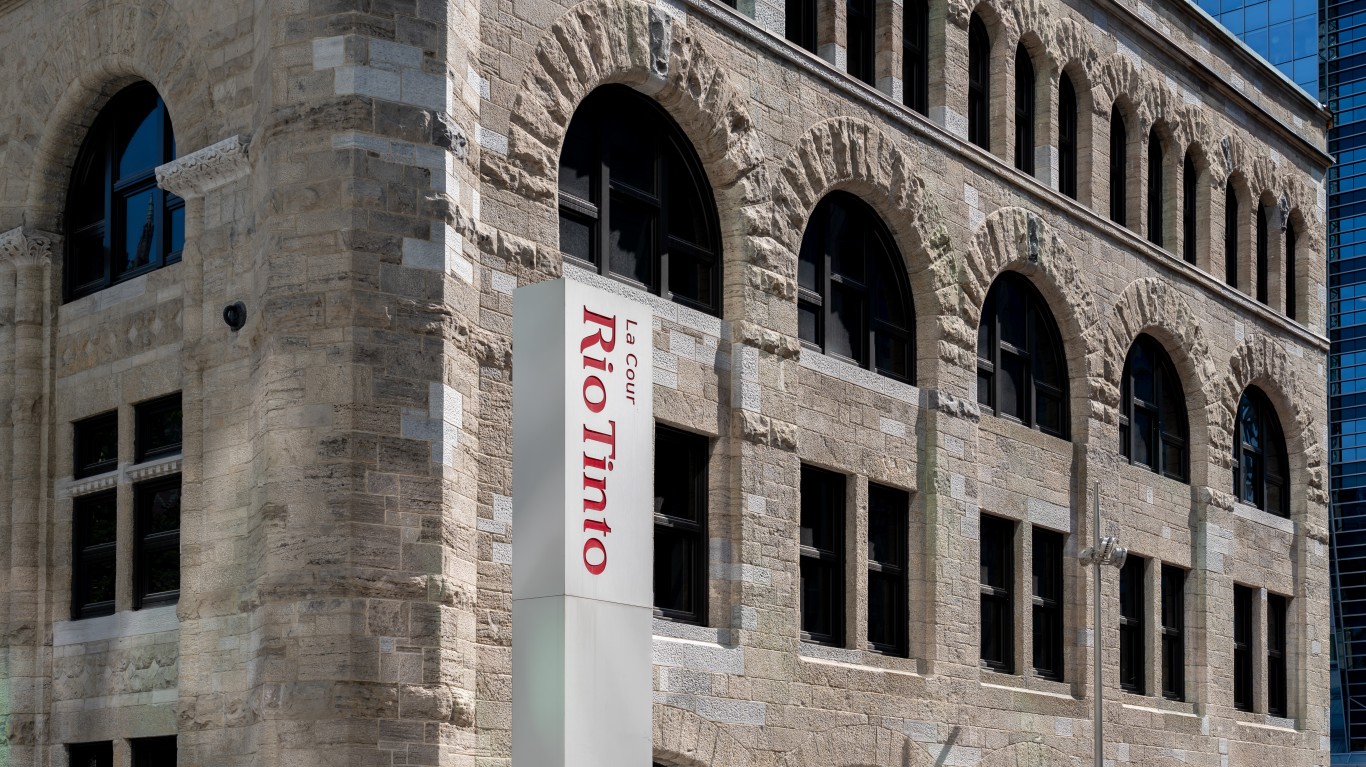
22. Rio Tinto
> Toxic hazard (pounds released x toxicity): 1,109,338,199
> Environmental justice, poor population share 8% – #98 highest out of 100 corporations
> Environmental justice, minority population share 19% – #66 highest
> Pct. of toxic hazard from a single facility: 71% – #64 highest
The immense amount of toxic material released into the environment by Rio Tinto comes from only two facilities, Kennecott Utah Copper Smelter and Refinery and Kennecott Utah Copper Mine Concentrators & Power Plant. The facilities release toxic wastewater from several outfalls into surface waters pursuant to a state permit, but in the days prior to environmental regulation, the company’s poor management of toxic waste resulted in Rio Tinto now being responsible for the remediation of a federal Superfund site.
21. Cleveland-Cliffs
> Toxic hazard (pounds released x toxicity): 1,238,869,246
> Environmental justice, poor population share 35% – #39 highest out of 100 corporations
> Environmental justice, minority population share 25% – #53 highest
> Pct. of toxic hazard from a single facility: 85% – #54 highest
Operating primarily in West Virginia and the Midwest, Cleveland-Cliffs’ 24 facilities are mainly related to steel production and finishing, and include mines, mills, and manufacturing plants. More than 85% of its toxic wastewater is discharged from the company’s own treatment plant at its Mountain State Carbon coke plant. The plant, which has been in “significant violation” of its water discharge permit for at least the past three years, will be closing this year to reduce the company’s carbon air emissions.

